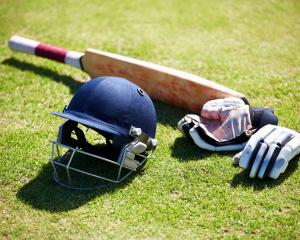
Female surf lifesavers now make up half of the St Kilda crews and laid their stake in the sand as some of the best in the boat at the recent South Island surf rescue championships.
Three crews — Vuglar, 26, and Natalie Ashton, 29; Madi Loudon, 20, and Emily Peacock, 21; and Zoe Allibone, 17, and Amelia Loudon, 17 — won their respective women’s open, under-23 and under-19 grades, and St Kilda beat Sunset Beach to be named the the top club.
They, along with St Kilda’s five other female crews and eight male crews, will be looking to replicate that success this weekend at the national surf rescue championships featuring 119 IRB crews, including two from Queensland, at Waikouaiti.
Vuglar and Ashton had been racing for more than 10 years and recognised the growth in the women’s grades — the women’s under-19 grade has the second-most competitors this year — through the years.
"When we started, they didn’t have all the age-groups for women — it was just open women," Vuglar said.
"You’d be 16-years-old racing against all these people that have done it for 10 years.
"It’s cool to see that increase in age-groups has actually meant there’s more women getting into it, because they don’t have the pressure of being up against all these much older, much stronger [athletes]."
That led to better training environments, and better opportunities, for them, and helped boost the number of lifeguards.
"It builds a lot of the club’s female lifeguards as well, and builds women’s confidence in actually doing rescues, and taking the boats out, and doing the actual volunteer part of the job as well.
"Because that’s kind of the main part with racing being second."
The crews trained twice during the week and split their workload into the technical aspects of the assembly race, and patient hiccups, and trained on the water at the weekends.
Seeing so many females involved was great and created a hub at the club, Loudon said.
"I reckon it’s cool because this year, especially for training, there’s been so many of us," Loudon said.
"It’s really good socially as well."
All that training will be put to the test tomorrow when they set their sights on the national title.












